*The following is a guest post by writer Octavia McBride-Ahebee, whose
poetry collection, Where My Birthmark Dances,
was recently published by Finishing Line Press. http://omcbride-ahebee.blogspot.com/
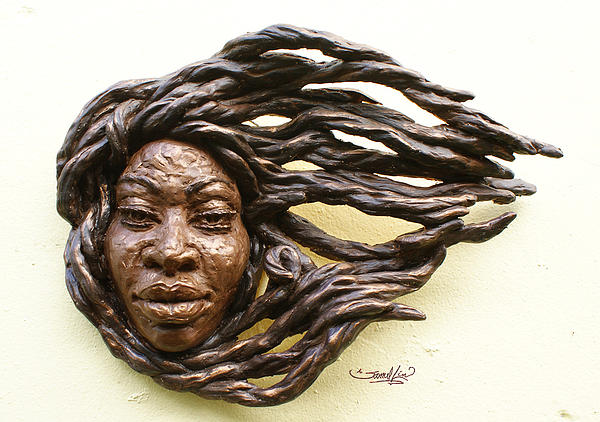
I always thank my C-
shaped spine for alerting me early to the fact that black folk existed in other
parts of the world other than just Philadelphia and that they had other narratives,
told in other languages of what we share and how we are distinct. The idea, the possibility, the fact that we
were everywhere, opened me to the whole of the world.
As a child, I had
scoliosis –curvature of the spine-and I received, for many years, medical
treatment in the form of braces and physical therapy and finally a spinal
fusion at Shriners’ Hospital for Children.
Children from all over the world came to
that strip of Roosevelt Blvd, in Northeast Philly, to be treated and I was fortunate to have the
foundations of my little girl worldview
shaken at its core while having my spine stretched and supported. During the decade of the 1970s, when I was
both an outpatient and inpatient at Shriners, I was one of very few
African-Americans who received care there.
Seeing another kid of color was always a pleasure for me. On one visit,
when I about 10, I was startled to see, what I thought to be, a US African-American
girl. She was younger than I, perhaps 5
or 6 years old, and she was unusually small and unable to walk. She was in a mobile crib-like
contraption. She appeared to be without
her parents and a nurse was escorting her to radiology, where we both were to
have x-rays taken. She must have felt very alone, because she started to cry
and then to babble. But quickly, my ears
were able to discern that there was a method and a purpose and lyricism to her
outburst. It was almost poetic. My
father, who had accompanied me that day to the hospital, said the girl was
speaking Spanish. WOW, I thought, a black person, a child, speaking another
language.
I remember the care and precision with which my father
proceeded to enumerate the seemingly endless possibilities of where that
beautiful, black girl –immobile and all alone-might be from in the world-North
Philly, Puerto Rico, Colombia, Spain, Peru, Dominican Republic, Equatorial
Guinea…. She and her Spanish-speaking-self, though seemingly caged, unleashed
my sense of wonder about the world. She
marked the beginning of my wanderlust.
That propitious meeting happened almost 40 years ago. In honor of that girl and her lasting
impression on me, I share with you the following African singers whose tell their
stories in Spanish: Concha Buika from
Equatorial Guinea/Spain, Choc Quib Town
from Colombia and Susana Baca from Peru.
1.
Concha Buika
2. ChocQuib Town
3.
Susana Baca
http://www.youtube.com/watch?v=CNDXciX9p-g
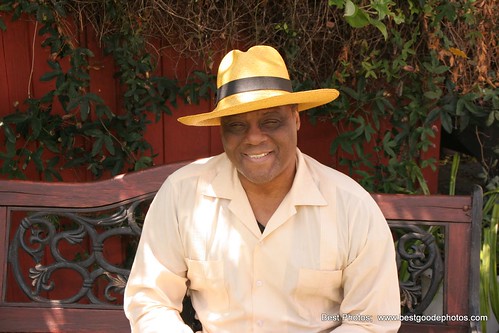
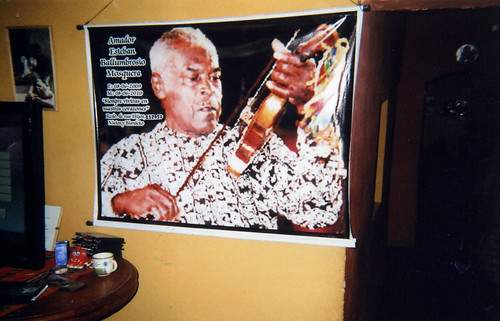
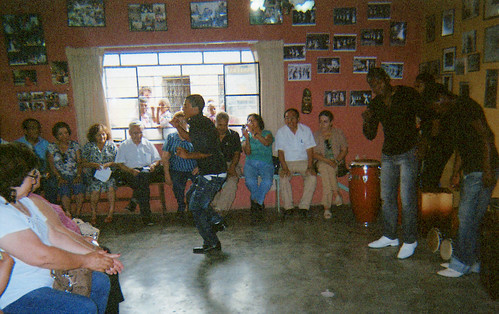
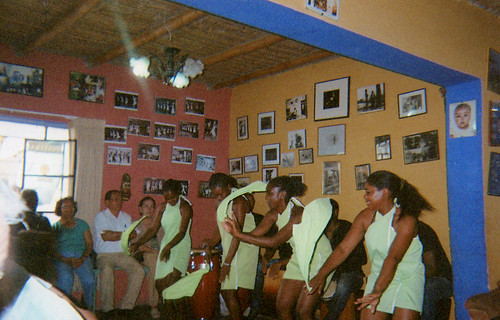
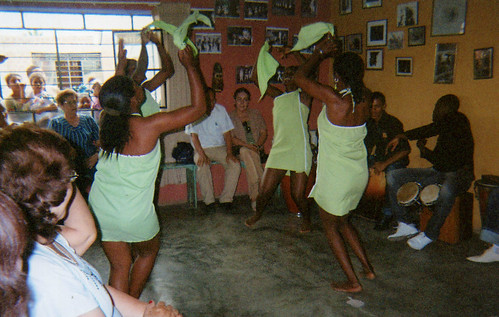

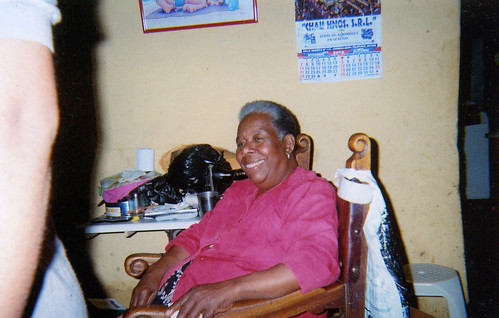

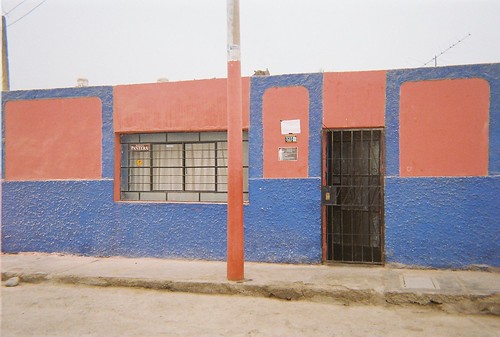












 Antonio Cartagena was born in a poor Afro-Peruvian family in Callao, Perú and having attended the Peruvian National Police Academy and the University of San Martín (a school named in honor of an Afro-Peruvian priest canonized as a Saint by the Catholic Church, before focusing on his music and producing his first hit song "Sin Ti"
Antonio Cartagena was born in a poor Afro-Peruvian family in Callao, Perú and having attended the Peruvian National Police Academy and the University of San Martín (a school named in honor of an Afro-Peruvian priest canonized as a Saint by the Catholic Church, before focusing on his music and producing his first hit song "Sin Ti"